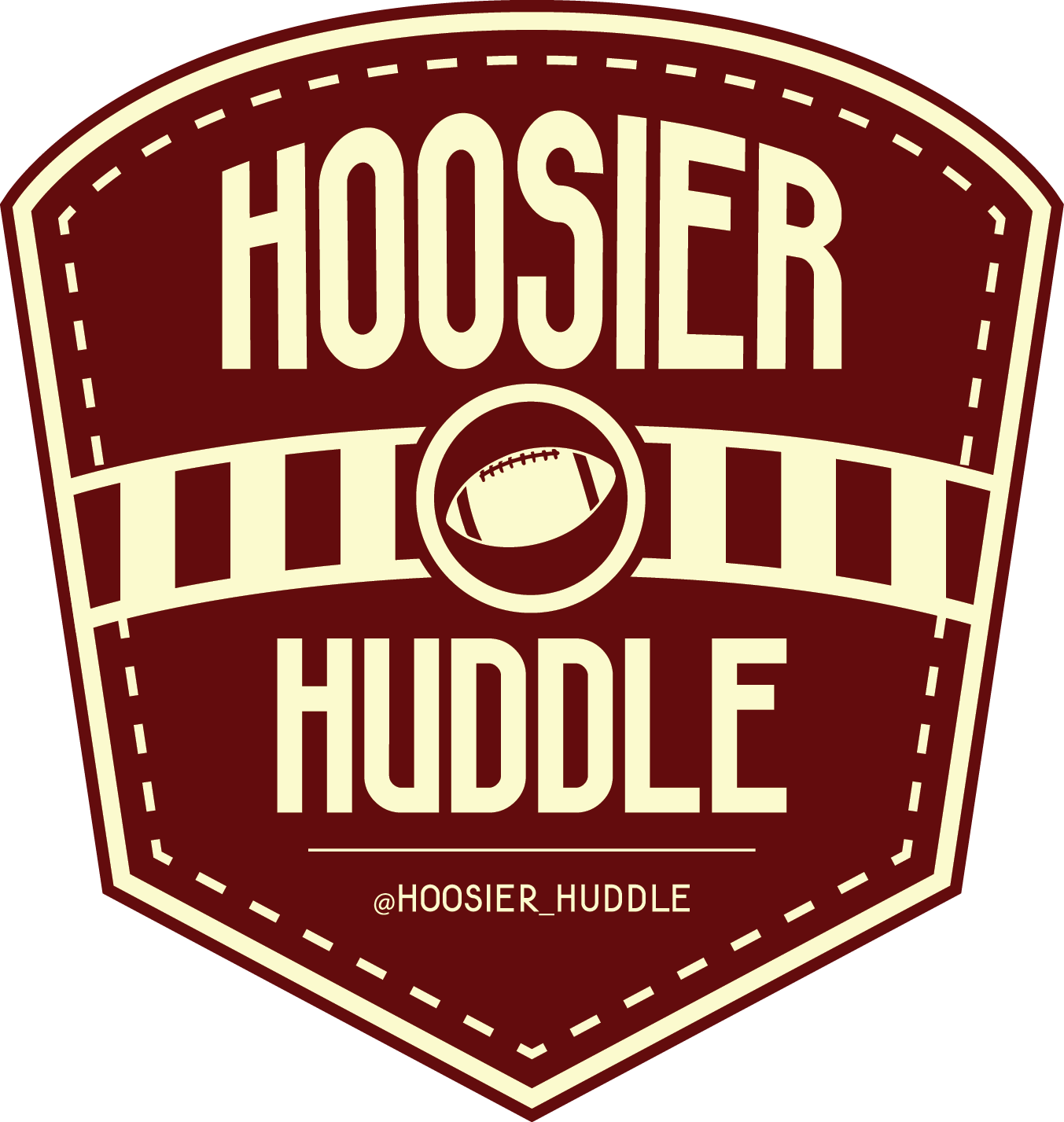Football is back, but What Will a Return to Play Look LIke
/Image: Amanda Pavelka Hoosier Huddle
Written by Andrew Walker
So here’s where it all starts to matter. The Big Ten is officially back in business. With an easy majority passing overwhelmingly, Big Ten presidents and chancellors made the all important call to reinstate Big Ten football. Obviously, this is a massive decision given that the Pac-12 was the only other conference to cancel the season. Now that the Big Ten is back, it’s time to talk scheduling. Given that we’re already into September and precisely zero games have been played, it’s safe to assume there would be a condensed schedule. That condensed schedule has just been finalized.
Each Big Ten team will play eight regular season games, followed by an extra ninth game that pits equal seeds in each division against each other during the week of the Big Ten Championship, scheduled Dec. 19. The CFB Playoff seeding is set to be announced the next day.
This is big news for Indiana Football. Partially because the student athletes get to play football again, and partially because this team is already setting great expectations for the season. How does a team follow up its first eight win season since 1993? By playing even better. Tom Allen and co. are still on the 12 hour per week schedule outlined by the Big Ten for teams not participating in the season, but that’s not where Allen would like to be. “We are waiting to get word from the Big Ten on how our week is going to look. Right now, we are in the 12-hour mode, but we want to move to the 20-hour mode here soon, which is what everybody is under when you are playing in-season. We have to be smart.”
From the very beginning of negotiations to start the season, the emphasis has been on health and safety for the players, coaches, trainers, and any staff that has to be in the building. Daily testing is going to be an integral part to not only the success of the Hoosiers, but to the success of the entire Big Ten. “...all of our guys will be tested daily with a test provided by the university that we will use up until the end of the month and then once the end of the month gets here, then the Big Ten test will kick in. We will have, starting tomorrow, consecutive daily testing from now until the end of the season.” Allen is excited and thankful that he and athletic director Scott Dolson were able to come to an agreement on providing tests before the Big Ten tests kick in.
As for practice and hitting schedule from here on out, aside from the 12 hour per week rule that hasn’t been changed yet, it’s pretty straight forward. The tests the Hoosiers will be using deliver results in 15 minutes. So if a player tests positive before practice, that player won’t be allowed in the building. Assuring every person on the practice field test negative has to be the most important thing. Allen also knows the importance of the next step once everyone tests negative: getting everyone ready for immediate Big Ten play. “From the first game on, you have to be tackling Big Ten running backs and wide receivers and blocking Big Ten defenders. That is going to be tough. We have to balance that out. We have been really creative in trying to find ways to tackle, block and get our bodies ready for that without going against live individuals. That is just going to be a challenge that we all have.”
All said and done, Big Ten football being back is a good thing. Good for the players, good for the schools, good for the fans. There is, however, a heightened sense of urgency now. Now we have skin in the game. It’s even more imperative now that those players, coaches, and fans do everything possible to mitigate the spread of COVID-19. “It is going to be a challenge, but we welcome it at this point. We are just glad to be back.”



